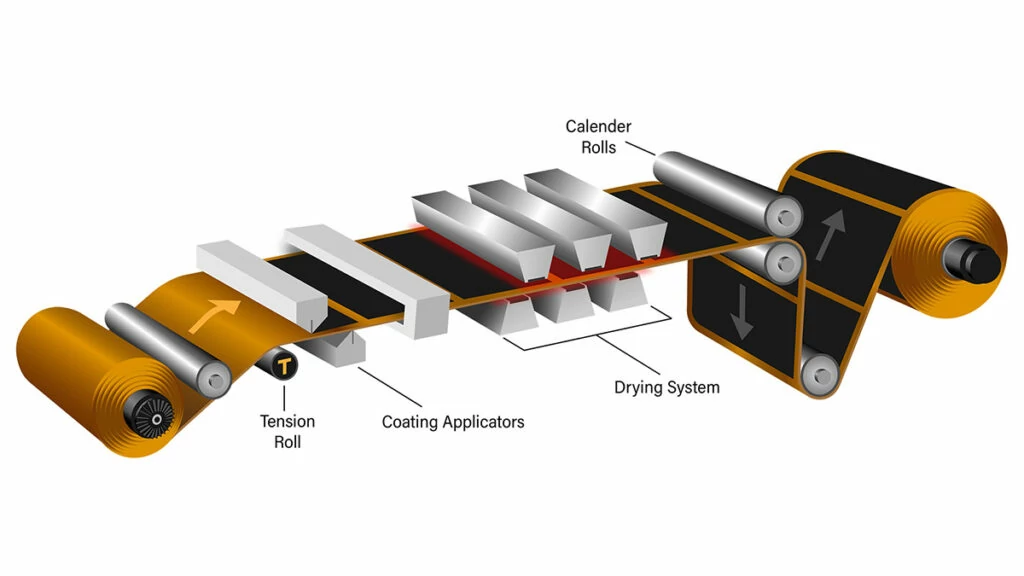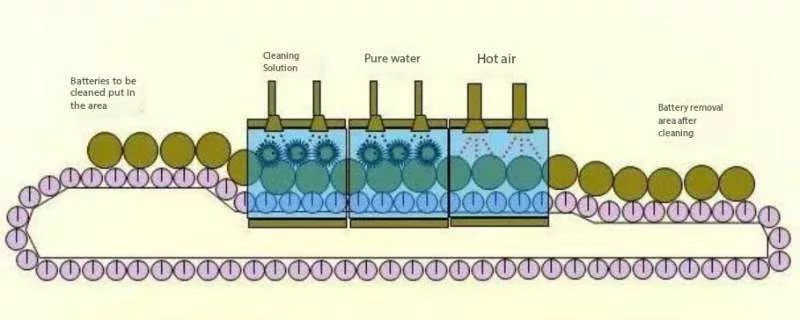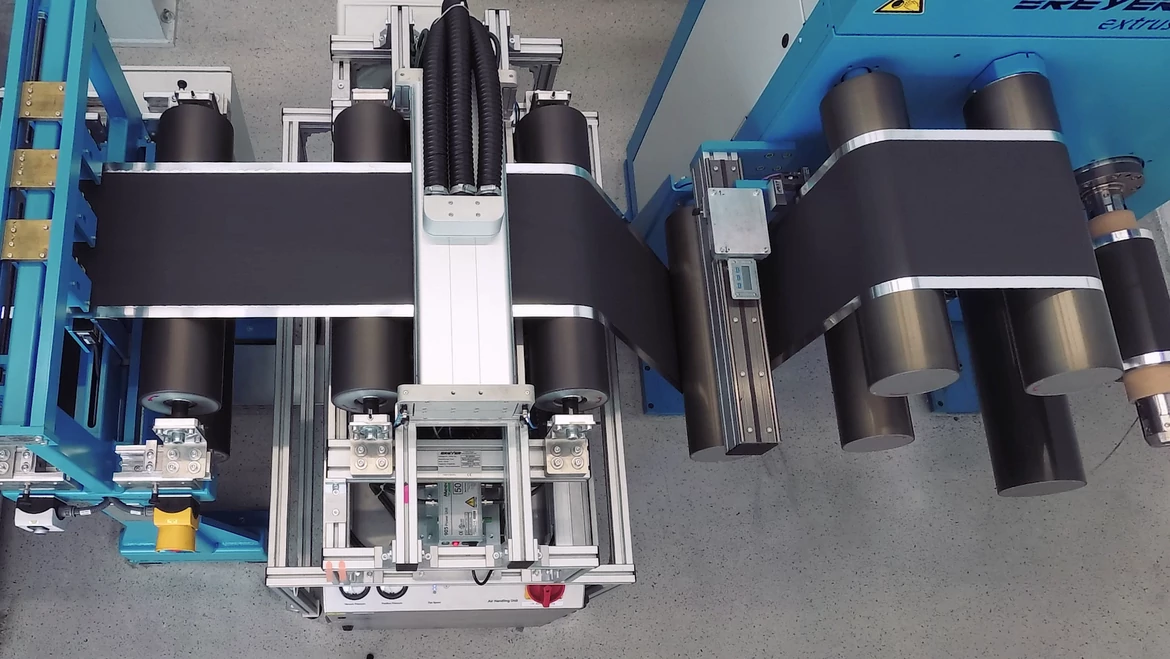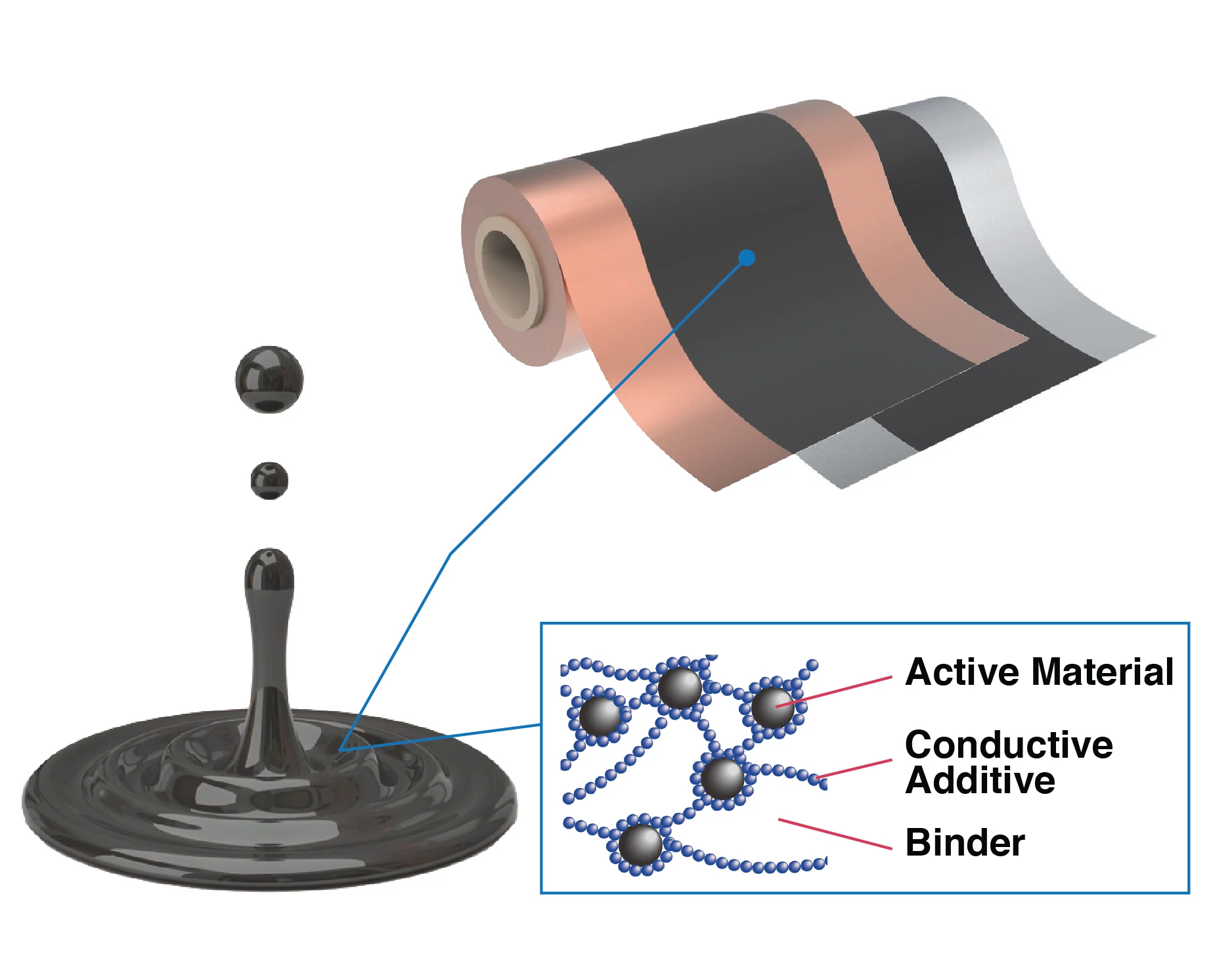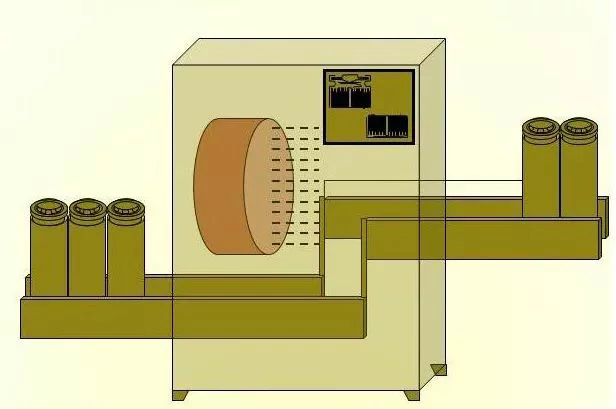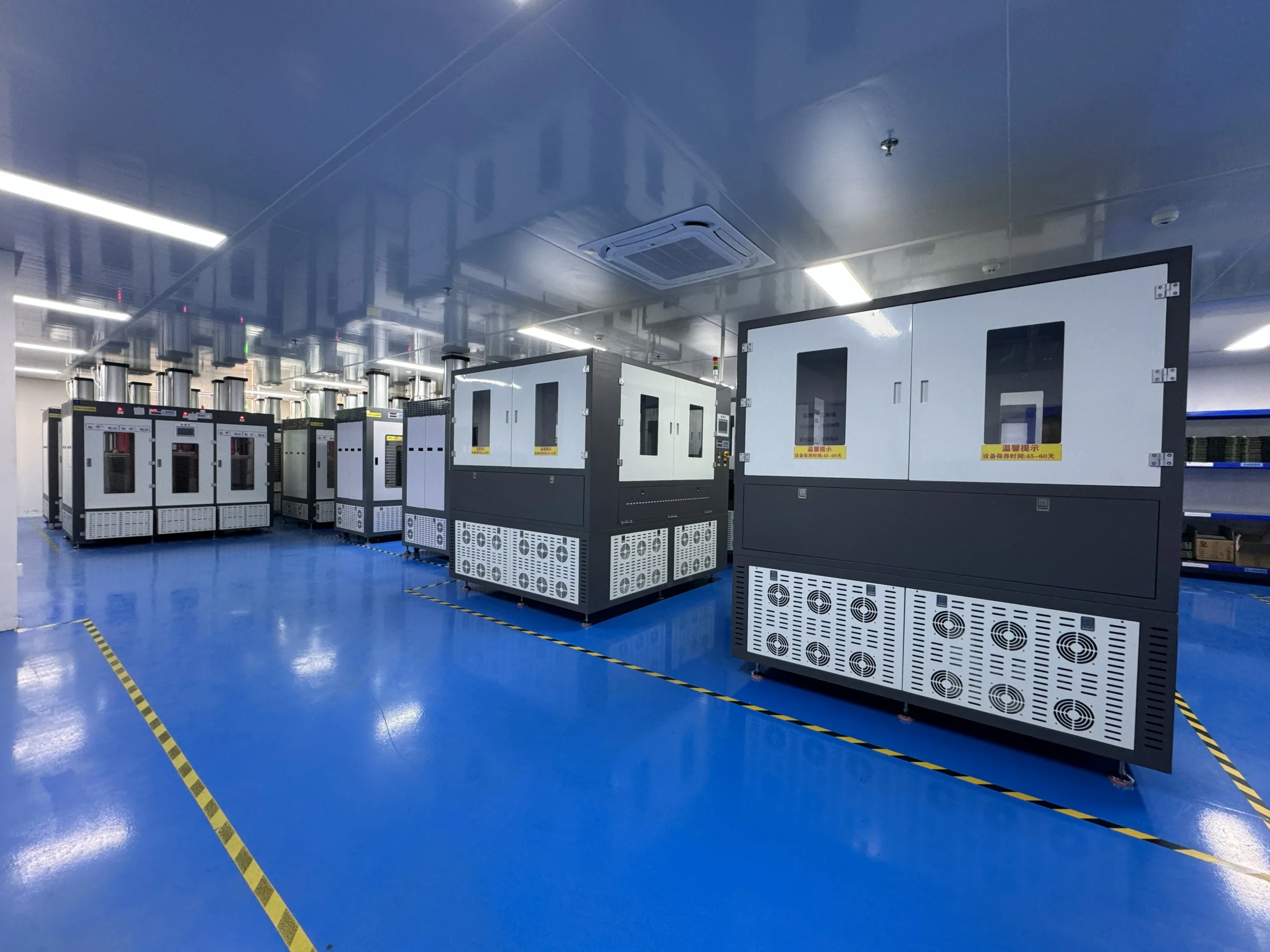Detailed Explanation of the Negative Electrode homogenization Process
main content
Negative electrode homogenization is the first key process in the manufacturing of lithium-ion batteries, directly determining the microstructure of the electrode and the performance of the battery. The core objective is to uniformly disperse active substances such as graphite, conductive agents, binders and other raw materials in the solvent to form a slurry with appropriate rheological properties, so as to ensure the stability of subsequent coating, rolling and other processes. This article will conduct an analysis from the aspects of material composition, process principle, technical difficulties and optimization directions.
I. Material Composition and Function of Negative Electrode Homogenization
Graphite: Mainly natural graphite (NG), artificial graphite (AG) or composite graphite (CG), which needs to be ground to control the particle size D50 at around 20μm. The hydrophobicity of graphite requires that its dispersibility be improved through surface treatment (such as baking at 400℃) or by adding wetting agents (such as CMC).
Silicon-based materials: Some high energy density batteries use silicon-carbon composite materials, but the issue of volume expansion needs to be addressed. The structural stability can be enhanced through the optimization of binders.
Carbon black (such as Super P) : Provides an electron conduction network and reduces internal resistance. Its high specific surface area makes it prone to agglomeration, and it needs to be optimized through dry mixing or pre-dispersion of the gel solution.
Carbon nanotubes/graphene: Used in high-power batteries, one-dimensional/two-dimensional structure dispersion technology is required.
CMC (Sodium carboxymethyl cellulose, 2.25%) and SBR (styrene-butadiene rubber, 2.25%) : CMC serves as a thickener to provide the suspension stability of the slurry, while SBR enhances the flexibility of the electrode sheet. The synergistic effect of the two can balance the dispersion and bonding strength.
4. Compaction
The water content needs to be precisely controlled (solid-liquid ratio approximately 1:1.13). If it is too high, the viscosity will decrease; if it is too low, dispersion will be difficult. Isopropyl alcohol or ethanol needs to be added to improve wettability.
Ii. Homogenization Process Flow and Key Technologies
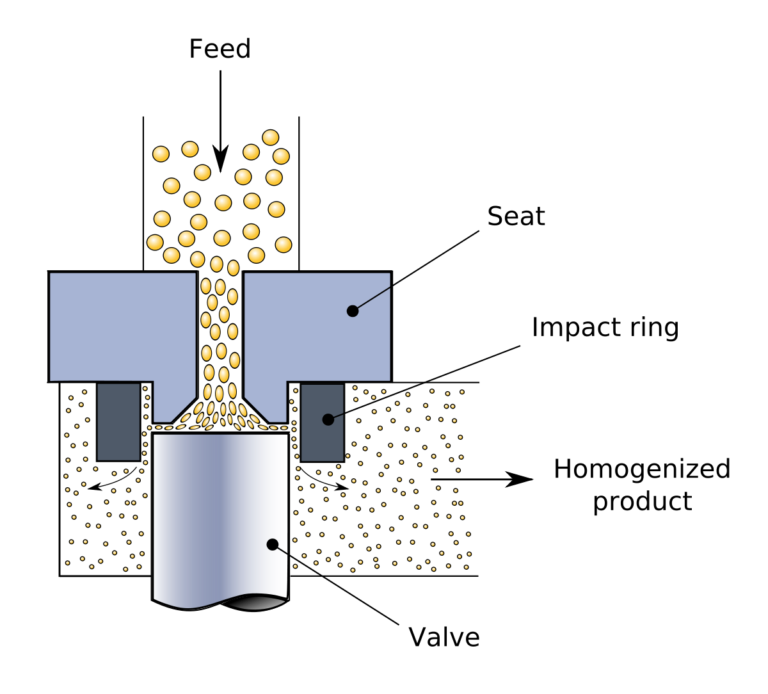
Graphite is baked at 300 to 400℃ to remove surface organic substances and improve compatibility with water-based binders. Conductive agents (such as Super P) need to be dried at 200℃ to reduce the moisture content.
Premixing: Dry mix graphite, conductive agent and CMC powder, and initially disperse the aggregates through mechanical shearing.
Kneading: Add a portion of water to form a slurry with a high solid content (66.568%), and use the shearing force of the double planetary mixer (revolution 35Hz, rotation 30Hz) to break and agglomerate.
Step-by-step dilution: Add water in two steps to adjust the solid content to 5355% to prevent sedimentation caused by sudden changes in viscosity.
Binder addition: Finally, add the SBR emulsion and stir at low speed to avoid damaging the latex structure.
First, dissolve the CMC to form a gel solution, then add the conductive agent and graphite in sequence, and stir for a long time (46 hours). However, it is prone to cause solvent evaporation and increase energy consumption.
Key process parameters:
Viscosity control: The viscosity of the negative electrode slurry needs to be controlled at 5000 to 6000 CPS (at 25℃), which can be achieved by adjusting the water content and CMC ratio.
Uniformity of dispersion: The particle distribution is detected by using a laser particle size analyzer or the resistance pulse method (RPS), and D50 should be close to the particle size of the raw material.
Temperature management: The temperature during the kneading stage should be ≤60℃ to prevent premature cross-linking of SBR. The dispersion stage is cooled to 2545℃ to prevent solvent evaporation.
Iii. Technical Difficulties and Optimization Directions
1. Agglomeration and settlement control
Conductive agent dispersion: Carbon black, due to its high specific surface area, is prone to adsorption to form a "grape cluster" structure. It needs to be depolymerized through ball milling (60rpm, 4 hours) or high shear kneading (linear speed ≥18m/s).
Graphite wetting: Use alcohol-water mixed solvents (such as isopropyl alcohol) to reduce surface tension, or add wetting agents such as PVP to improve interfacial compatibility.
2. The stability of the slurry is improved
Rheological regulation: Optimize the thixotropy of the slurry by selecting the CMC molecular weight (low molecular weight for dispersion and high molecular weight for thickening), and reduce static sedimentation.
Vacuum deaeration: Stir under a vacuum degree of 0.09MPa to eliminate the influence of bubbles on the uniformity of coating.
3. Process efficiency optimization
Dry process innovation: For instance, the ball milling dispersion method proposed by Dalian Zhongbi Power has reduced the homogenization time from 10 hours to 4 hours.
Ultrasonic-assisted: Utilizing cavitation effect to achieve nanoscale dispersion, it is suitable for highly active materials such as silicon and carbon.
Iv. Future Development Trends
1. Material innovation: Develop multifunctional binders (such as PAA polyacrylic acid) to adapt to silicon-based anodes; Explore the substitution of water-soluble PVDF for the NMP system to reduce environmental protection costs.
2. Intelligent control: The introduction of online viscometers and AI algorithms enables real-time adjustment of process parameters to achieve dynamic optimization.
3. Green process: Promote dry homogenization to reduce solvent usage, and combine it with a closed-loop water circulation system to achieve zero emissions.
Summary
As the cornerstone of lithium-ion battery manufacturing, the refinement and innovation of the negative electrode homogenization process directly determine the energy density, cycle life and safety of the battery. In the future, through the collaborative optimization of materials, processes and equipment, promoting the development of homogenization technology towards high efficiency, environmental protection and intelligence will become the key breakthrough for enhancing the comprehensive performance of batteries.

START-STOP LITHIUM battery
Enov start-stop battery is designed to provide excellent performance for high-demand start-stop vaehicles. It adopts the third-generation intelligent lithium platform architecture to achieve technological breakthroughs in core indicators such as cycle life, environmental adaptability and energy density. Compared with the traditional lead-acid battery system, the energy efficiency is increased by 210%, the cycle life is extended by 8-10 times, and the monthly self-discharge rate is controlled within 3%. Enov's unique low-temperature battery technology makes a breakthrough in achieving stable output in the whole climate domain from -30℃ to 65℃, maintaining more than 90% of the effective capacity release under extremely cold conditions (-30℃), and maintaining 90% of the capacity in high temperature environments (65℃).
The start-stop battery series products cover the mainstream voltage platform of 12V/24V/48V, and support flexible configuration of LFP (lithium iron phosphate) and NCM (lithium nickel cobalt manganese oxide) dual-material system. All models adopt modular design to support customization of different model specifications. Enuo engineering and technical team to provide full cycle technical service support, if you need, please contact us.
Other products
UAV BATTERY
LITHIUM ENERGY STORAGE BATTERY
QUICK INQUIRY
FAQ
Access to high frequency technical questions with one click, get accurate answers on product application, after-sales policy and customization process.
Service and Support
Get the latest product specifications, explore professional OEM/ODM customization services, click to open exclusive technical support and production solutions.
Become a Partner
We sincerely invite resources to interconnect, work together for win-win development, and immediately open a new chapter of strategic cooperation!
